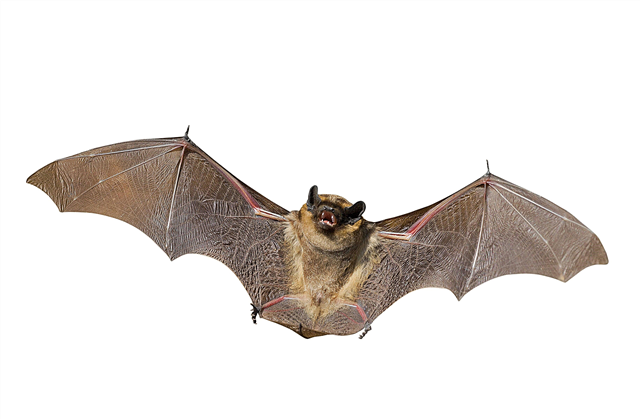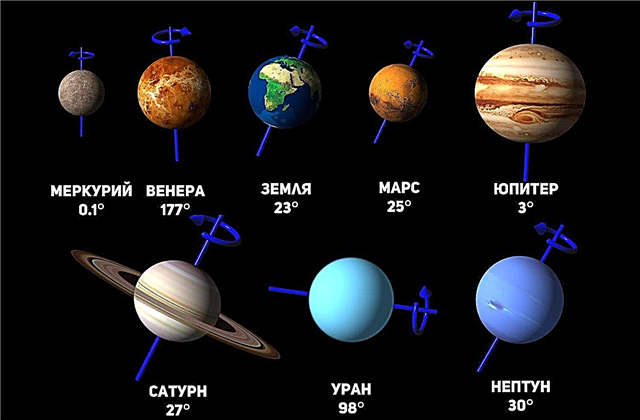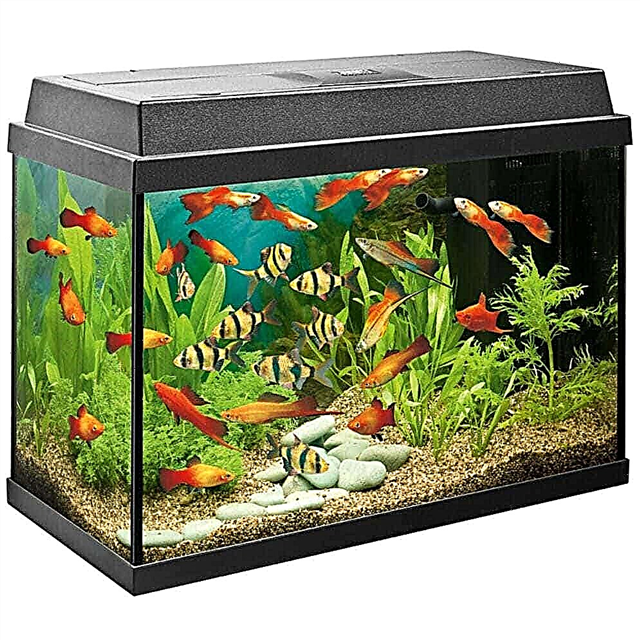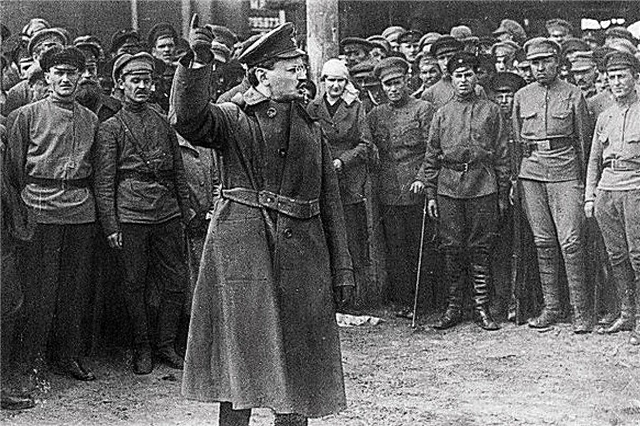
If you look at two tall buildings located side by side or at two identical photographs of the tower, it may seem that the buildings are located not parallel to each other, but at an angle. Even if a person understands that the buildings are located equally to the ground, the brain will draw an image in front of him when they are tilted relative to each other. This phenomenon is called the "illusion of an inclined tower." But why does it arise?
Discovery of the phenomenon
Despite the fact that mankind has been observing the Leaning Tower of Pisa for almost a millennium, marveling at its unusual design, interest in this miracle does not fade. This building has found its application in the scientific field.
Interesting fact: It was initially believed that the slope of the Leaning Tower of Pisa was created manually by builders. But more recently, it was possible to establish that it appeared due to incorrect calculations when planning the project. The foundation was laid in soft soil, which is why the tower bent over during the construction of the third floor.
In 2007, scientists from McGill University made an unusual discovery. They placed two identical photographs of the Leaning Tower of Pisa side by side and were surprised to find that the buildings were visually not parallel to each other, but located at an angle.
This phenomenon was called the “illusion of an inclined tower”, and it won the annual competition “Best Optical Illusion”. However, scientists did not stop there and began to look for the reason for the appearance of the illusion.
Visual system
To understand why the human eye sees neighboring identical towers at different angles, you first need to introduce the concept of “visual system”. In fact, it is responsible for the vision of a living creature and is a collection of eyes, nerve structures, muscles, blood vessels, and other elements in the body used to transmit signals to the brain for the purpose of image formation.
The visual system also has a very important function: it is responsible for positioning objects in space. When light enters the room, its rays interact in every way with walls and objects: they are absorbed, reflected in space at different angles. Reflected light penetrates the human eye, interacts with rods and cavities located in the retina. They are like sensors transmit signals to the brain, which forms the image, a person sees a picture around.
However, in addition to the fact that the brain draws space, it also positions each object in it. That is why a person can estimate the approximate distance to a thing, understand how it is located relative to others, etc. If the visual system did not perform this function, the eye would see everything in two-dimensional space, and the concept of the volume of things would not be familiar to people.
Perspective
When a person sees two identical photographs of a tower, the visual system automatically tries to determine their size and position in space. And here the prospect comes into play. This is a distortion of the shape of objects, taking into account the viewing angle and distance.A classic example of perspective is parallel rails that converge on the horizon at one point. And if a person looks down on a high tower, it will seem that its top is narrower than the bottom. However, at a subconscious level, the brain tries to straighten out this perception, and a person sees the normal display of the tower in space.

But if you place two identical photographs in front of a person with tall buildings, the brain will correct only one image, determining its perspective. The second will be automatically perceived by the projection of the first photograph, which makes it appear that it is located at an angle. It is important to note that for the appearance of an illusion, the photo must be taken at the bottom of the tower, at close range.

The illusion of an inclined tower arises due to the peculiarities of the visual system and perspective. When a person looks at a tall building from below, a perspective appears: the top seems narrower than the foundation. The brain is trying to smooth out this sensation by adjusting the lines of construction. However, if you place an exact copy of the building next to it, it will be perceived as a projection, and consciousness will not regulate its boundaries. Thus, for a person, one building will be adjusted, the second - not, because of which they appear at different angles.












